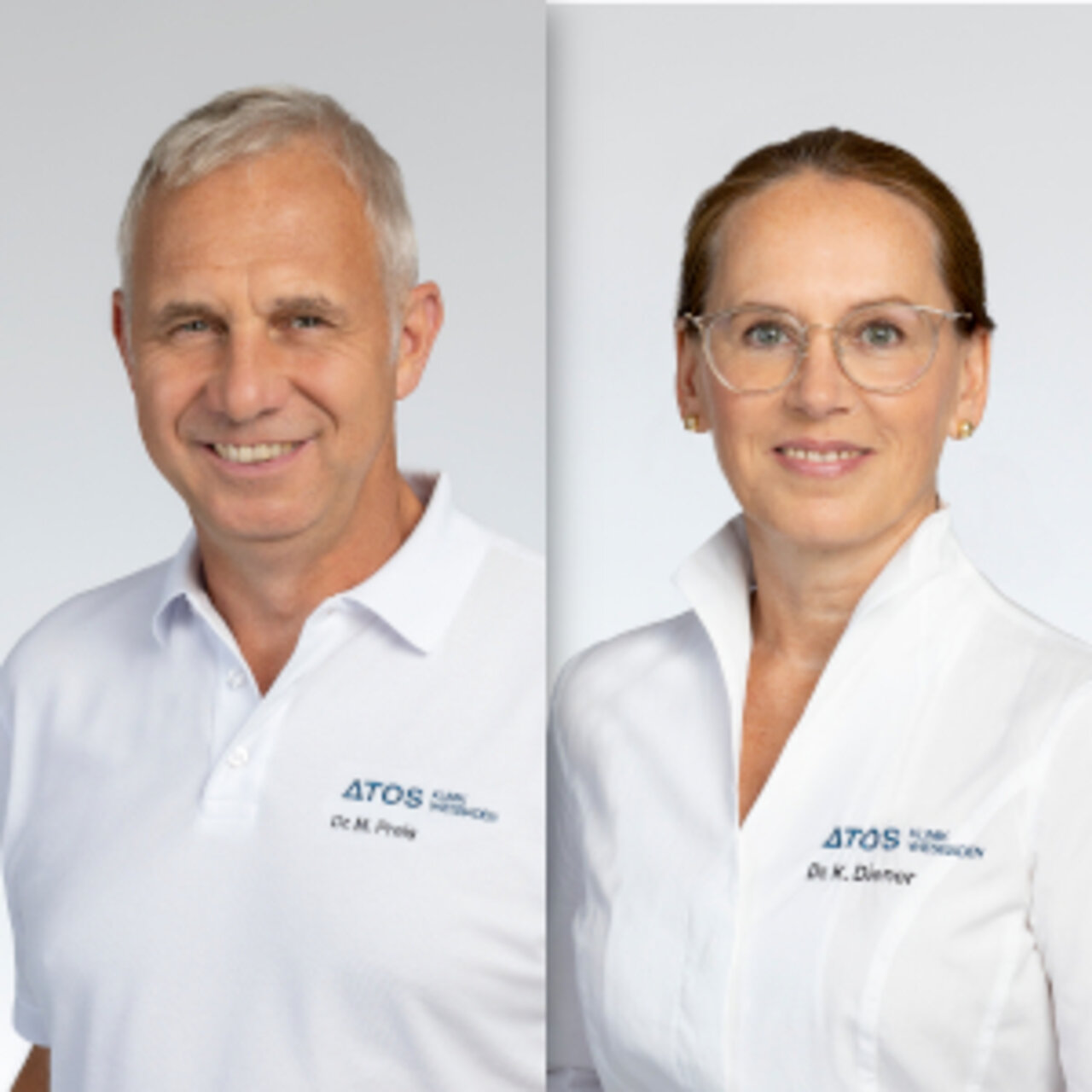Specialists in Joint Stiffening in the Foot
8 Specialists found
Information About the Field of Joint Stiffening in the Foot
What is Arthrodesis?
Arthrodesis refers to the surgical stiffening of a joint, which eliminates its natural ability to move. It is a standard therapy for treating pain in joint diseases. This procedure is delimited from ankylosis, the disease-related joint stiffening. A particular form, the stiffening of vertebrae, is called spinal fusion.
Which Joints Can Be Stiffened?
In principle, it is possible to stiffen every small joint. In larger joints, such as the hip, maintaining a normal movement for as long as possible
is the aim.
On foot, arthrodesis is often carried out on the ankle joint if this causes chronic pain due to a disease process or malformation, and the patient is limited in motor skills.
If the foot is malpositioned, such as the severe forms of hallux valgus (big toe misalignment), joints of the metatarsus or toes are also stiffened.
For Which Illnesses Is Joint Stiffening an Option?
Joint stiffening is a procedure that is only used when the patient's impairment is very advanced, as it is invasive and irreversible.
Indications for this therapy can be a severe joint malposition, but also diseases such as osteoarthritis (pathological wear and tear of the joints), arthritis (inflammation of the joint), or infectious inflammation of the bones and nerves. These clinical pictures lead not only to chronic pain but also to increasing immobility of the affected joints. If drug therapy or artificial joint replacement is not possible, arthrodesis is the best way to relieve the pain and restore the patient’s ability to move.
The Procedure of Arthrodesis Surgery
The surgery can be carried out under general or local anesthesia. The patient is given additional sedatives under local anesthesia. The surgeon opens the joint capsule, removes all the joint cartilage, and gains access to the joint-forming bones. These are firmly connected with the help of screws, plates, or bone chips from the patient's body (e.g., iliac crest). Subsequently, a resting phase of several weeks is necessary, during which the bones can grow together, like after a fracture. The joint must not be loaded during this period.
What Are the Advantages of Arthrodesis?
After the surgery, the joint is usually painless. Although the patient cannot move without restrictions, after a certain time and with a little practice, normally walking is possible again, and light sports activities can be carried out. Besides, joint stiffening is less complicated than endoprostheses, which can become loose and insufficient after a few years, making a new surgery necessary. In addition, a subsequent stiffening has worse healing results.
Sources:
http://www.ndr.de/ratgeber/gesundheit/Wann-ist-eine-Gelenkversteifung-sinnvoll,versteifung103.html








